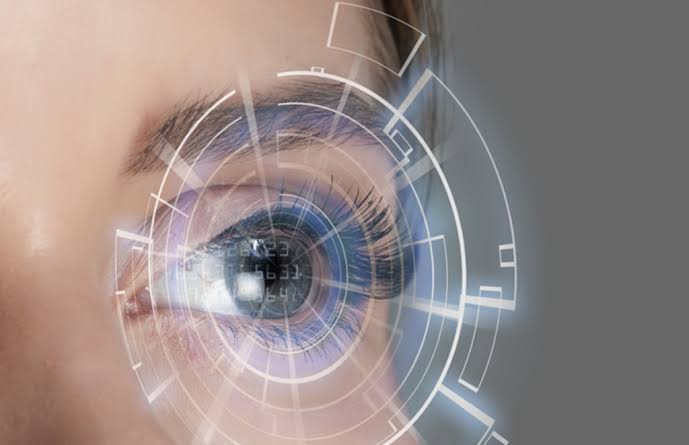Introduction
Advancements in optometry technology have revolutionized the way optometrists diagnose, treat, and manage eye-related conditions. These innovations have not only enhanced the precision of eye care but have also improved patient experiences. In this guest post, we’ll delve into some of the most significant breakthroughs in optometry technology and explore how they are transforming the field.
- Digital Eye Examinations
Traditional eye examinations are giving way to digital eye examinations, which use state-of-the-art equipment to make the process more efficient and accurate. Tools like autorefractors, visual acuity charts, and non-contact tonometers provide quick and precise measurements of visual acuity, refractive errors, and intraocular pressure, allowing optometrists to diagnose conditions such as myopia, hyperopia, and glaucoma more effectively.
To learn more about digital eye examinations, visit All About Vision. - 3D Scanning and Imaging
Optometry now relies heavily on 3D scanning and imaging technology, such as Optical Coherence Tomography (OCT). OCT produces high-resolution, cross-sectional images of the eye’s internal structures. This advancement has been instrumental in diagnosing retinal diseases, macular degeneration, and glaucoma, leading to early intervention and treatment.
For an in-depth look at OCT in optometry, see Review of Optometry. - Telemedicine in Optometry
Telemedicine is transforming the world of optometry. Patients can now receive remote eye care consultations via video calls, enabling optometrists to assess their eye health and provide advice without in-person visits. This innovation not only improves accessibility but also allows for remote monitoring and follow-up care, especially in times of crisis.
Explore the role of telemedicine in optometry on the American Academy of Ophthalmology website. - Customized Eyewear Fittings
Technological advancements like digital refraction systems and 3D printing have given rise to highly personalized eyewear. Optometrists can now create customized glasses and contact lenses that precisely match a patient’s prescription and unique visual needs, enhancing both comfort and visual quality.
Read about personalized eyewear fittings on All About Vision. - Innovations in Contact Lenses
Contact lenses have seen significant improvements, offering a wide range of options, from daily disposables to specialized lenses for conditions like keratoconus and presbyopia. The development of smart contact lenses with built-in sensors for monitoring intraocular pressure and glucose levels holds promise for early disease detection and management.
Learn more about the latest contact lens innovations on the American Academy of Ophthalmology website. - Artificial Intelligence (AI) in Diagnostics
Artificial intelligence (AI) is making its presence felt in optometry. AI algorithms can analyze retinal images for signs of diseases like diabetic retinopathy, age-related macular degeneration, and glaucoma. These automated systems assist optometrists in identifying potential issues more rapidly and accurately.
For a deeper understanding of AI in diagnostics, check out this PubMed Central article. - Vision Therapy Software
Vision therapy software plays a crucial role in treating various visual problems, especially in children. These computer-based programs can be tailored to address specific visual issues, such as amblyopia (lazy eye) and convergence insufficiency, making therapy engaging and interactive for patients of all ages.
Find insights into the impact of vision therapy software in optometry on Optometric Management. - Laser Eye Surgery Advancements
Laser eye surgery, including procedures like LASIK and PRK, has undergone continuous refinement. Precise lasers and advanced tracking systems have made these surgeries safer and more accurate than ever, offering patients a life-changing solution for a variety of refractive errors.
Delve into laser eye surgery advancements on the American Academy of Ophthalmology website. - Myopia Control
Myopia, or nearsightedness, is a growing concern globally. Technological advances in myopia control include specialized contact lenses, atropine eye drops, and orthokeratology (Ortho-K) lenses that reshape the cornea overnight. These treatments can slow down the progression of myopia, reducing the risk of severe visual impairment in the future.
Learn more about myopia control on All About Vision. - Enhanced Patient Education and Engagement
In the information age, patients are more informed than ever before. Optometrists now have access to interactive tools and educational apps that explain eye conditions, treatment options, and the importance of regular eye examinations, empowering patients to take better care of their eye health.
Discover more about enhanced patient education and engagement in optometry on the American Optometric Association website.
Conclusion
The landscape of optometry is evolving rapidly, thanks to remarkable technological advancements that enable optometrists to provide better care and improved patient experiences. As these technologies continue to progress, the future of optometry looks promising, with even more exciting breakthroughs on the horizon.
For the latest in optometric care and to experience these technological advancements firsthand, visit Airdrie Optometry for your next eye exam in Airdrie. Airdrie Optometry is committed to providing top-quality eye care to the local community.



